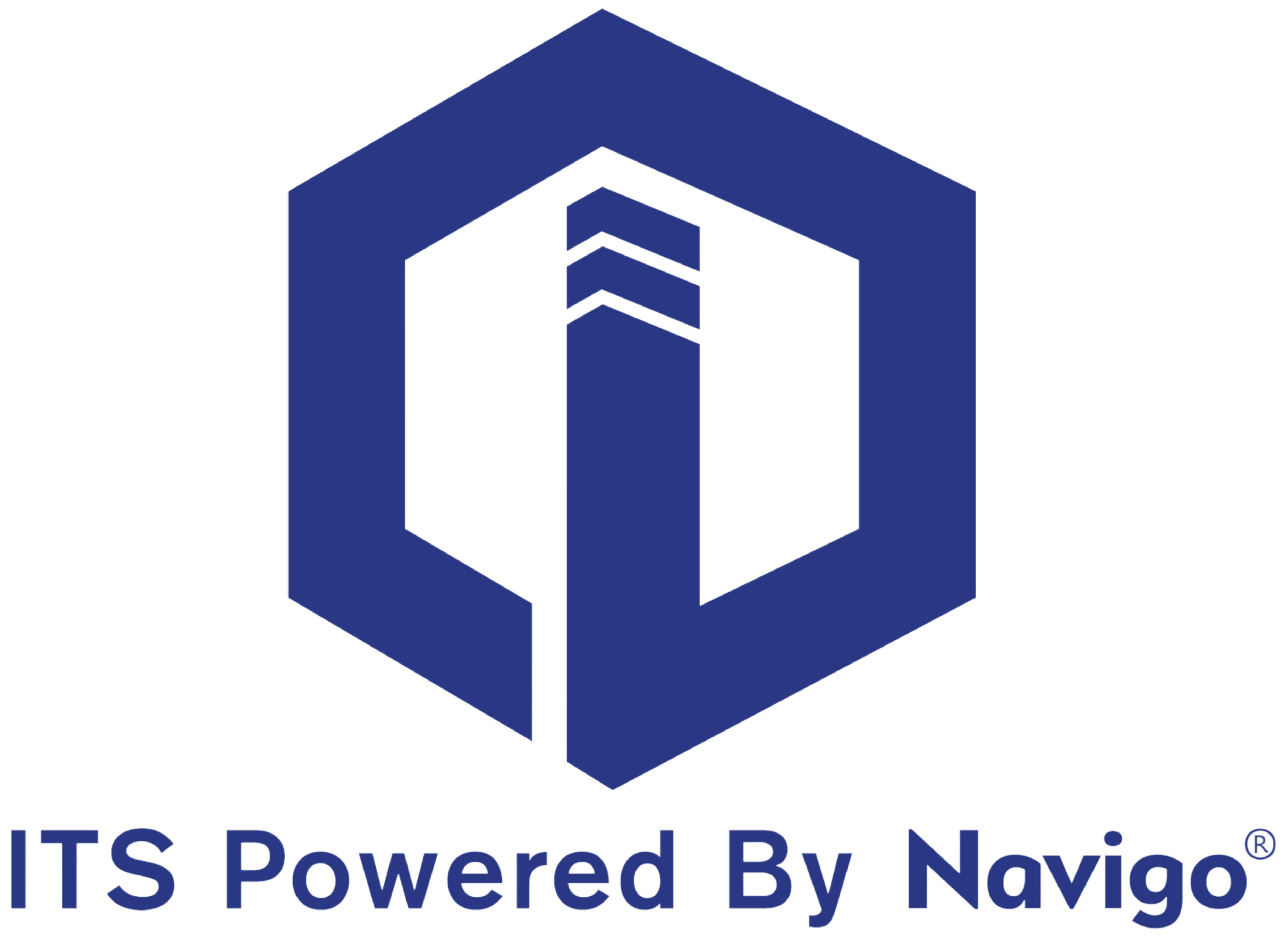Headquarters
7150 Columbia Gateway Drive, Suite L, Columbia, MD 21046
New York Location
112 West 34th Street, 18th floor, Room 18025 New York, NY 10001

Proud member

In the fast-paced world of marketing, staying ahead of the curve is essential. Digital signage has emerged as a dynamic and cost-effective solution for businesses aiming to capture consumer attention in an increasingly cluttered advertising landscape. From small businesses to large corporations, digital signage offers a versatile platform to engage customers, enhance brand visibility, and drive sales. In this article, we delve into the benefits of digital signage as a potent marketing tactic and explore how businesses can leverage it to their advantage.
The Power of Digital Signage
Digital signage refers to the use of digital displays such as LCD, LED, or projection screens to convey information, advertisements, and other messages to a targeted audience. Unlike traditional static signage, digital signage offers dynamic content that can be easily updated and tailored to specific locations, times, and demographics.
1. Enhanced Engagement:
One of the primary advantages of digital signage is its ability to capture audience attention more effectively than static signage. Dynamic content, vibrant visuals, and interactive elements compel viewers to engage with the display, resulting in greater brand recall and message retention.
2. Flexibility and Customization:
Digital signage provides unparalleled flexibility in content creation and management. Businesses can easily update and schedule content remotely, allowing for real-time promotions, seasonal campaigns, and targeted messaging. This versatility enables brands to adapt quickly to changing market trends and consumer preferences.
3. Cost-Effectiveness:
While the initial investment in digital signage may seem daunting, its long-term cost-effectiveness outweighs traditional advertising methods. Unlike print media, which requires recurring printing and distribution costs, digital signage offers a one-time investment with minimal ongoing expenses. Additionally, the ability to display multiple messages on a single screen maximizes advertising ROI, making it a cost-effective solution for businesses of all sizes.
4. Improved Customer Experience:
Digital signage plays a crucial role in enhancing the overall customer experience. Whether used in retail stores, restaurants, or corporate offices, dynamic displays can provide valuable information, entertainment, and personalized recommendations to customers, thereby increasing satisfaction and loyalty.
5. Data-Driven Insights:
Digital signage platforms often come equipped with analytics tools that allow businesses to track and analyze audience engagement metrics in real-time. By monitoring factors such as dwell time, content interaction, and demographic data, marketers can gain valuable insights into consumer behavior and preferences, enabling them to refine their marketing strategies for optimal effectiveness.
Leveraging Digital Signage for Marketing Success
To maximize the impact of digital signage as a marketing tactic, businesses should consider the following strategies:
1. Content Strategy:
Develop compelling and relevant content that resonates with your target audience. Utilize eye-catching visuals, concise messaging, and interactive elements to capture attention and convey your brand message effectively.
2. Location and Placement:
Strategically place digital signage displays in high-traffic areas where they are most likely to be seen by your target demographic. Consider factors such as foot traffic patterns, dwell time, and viewing angles to optimize visibility and engagement.
3. Integration with Digital Platforms:
Integrate digital signage with other digital marketing channels such as social media, mobile apps, and websites to create a cohesive brand experience across multiple touchpoints. Leverage QR codes, NFC tags, or interactive kiosks to drive online engagement and conversions.
4. A/B Testing and Optimization:
Continuously monitor and analyze the performance of your digital signage campaigns to identify areas for improvement. Conduct A/B testing experiments to test different content variations, messaging strategies, and calls-to-action, and optimize your campaigns based on data-driven insights.
5. Compliance and Maintenance:
Ensure compliance with local regulations and guidelines regarding digital signage installation and content display. Regularly maintain and update your digital signage displays to ensure optimal functionality and performance.
Conclusion
Digital signage offers businesses a cost-effective and versatile platform to engage customers, enhance brand visibility, and drive sales. By leveraging dynamic content, real-time updates, and data-driven insights, businesses can create compelling and personalized experiences that resonate with their target audience. As technology continues to evolve, digital signage will undoubtedly play an increasingly integral role in the marketing strategies of forward-thinking brands seeking to stay ahead of the competition.
7150 Columbia Gateway Drive, Suite L, Columbia, MD 21046
112 West 34th Street, 18th floor, Room 18025 New York, NY 10001

Proud member
Toll-Free
Phone
© Copyright 2025 ITS, Inc. All rights reserved.
Stay in touch with the latest news and updates from ITS, Inc.
7150 Columbia Gateway Drive, Suite L
Columbia, MD 21046
112 West 34th Street, 18-025
New York, NY 10001